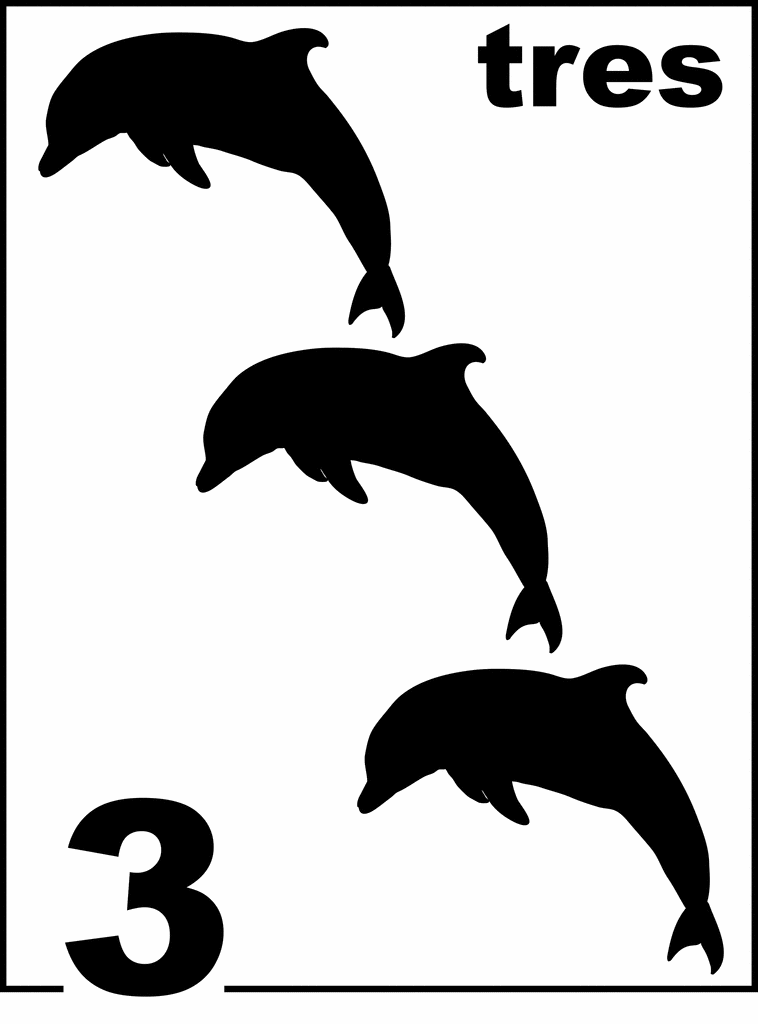Tuesday, October 6, 2009
¿Cómo Se Dice...?
There are three girls at the front desks, poised and ready to start their first Spanish lesson. The five boys gather in the back in a semi-circle arrangement, stabbing at each other with their pencils, chuckling: "Uno for you, dos for him, tres for ...'
The numbers are written clearly on the board, in numeral, with the equal sign linking to their equivalence in word. On the wall, left to the board, the Spanish alphabets are arranged in successive order, starting from the yellow pocket display, and trailing like train cars onto the lower edge of the white board.
The Spanish teacher walks in all-smile, with an energetic: "Hola, niños! Buenos dias!"
The children returned her strange greeting in one beat, in a distorted echo: "Hola, niños! Buenos dias!"
She bursts joyfully: "No, no! Yo soy Señora Castella. ¿Cómo está? Bien?"
"Muy bien!" chime the children, as if cued. A boy even ventures to say something different: "Asi, asi!"
"Mas o menos," corrects Señora Castella gently.
The introduction is brief, but engages the whole class. The demure girls loosen their reservation with bolder remarks: "Estoy mal y cansado."
"What's that?" Rob's complaints are answered by the smiling Señora Castella: "Como se dice Tired en Español? Cansado. Yo soy cansada. Miss Brigit es mal, (she draws a little girl's face on the board, with her hands grasping her temples) y cansada. Rob es mal y cansado. ¿Comprende?"
In the back of the class the three mothers are astonished. How did their children get it so instantaneously like that? They haven't spoken any Spanish word up until this morning. One of the mom, petite and timid, raises her hand hesitantly to attract the teacher's attention. At Señora Castella's agreeing nod, she speaks up, eyes sparkling: "Señora Castella. Como se dice Amazing en Español?"
There are three girls at the front desks, poised and ready to start their first Spanish lesson. The five boys gather in the back in a semi-circle arrangement, stabbing at each other with their pencils, chuckling: "Uno for you, dos for him, tres for ...'
The numbers are written clearly on the board, in numeral, with the equal sign linking to their equivalence in word. On the wall, left to the board, the Spanish alphabets are arranged in successive order, starting from the yellow pocket display, and trailing like train cars onto the lower edge of the white board.
The Spanish teacher walks in all-smile, with an energetic: "Hola, niños! Buenos dias!"
The children returned her strange greeting in one beat, in a distorted echo: "Hola, niños! Buenos dias!"
She bursts joyfully: "No, no! Yo soy Señora Castella. ¿Cómo está? Bien?"
"Muy bien!" chime the children, as if cued. A boy even ventures to say something different: "Asi, asi!"
"Mas o menos," corrects Señora Castella gently.
The introduction is brief, but engages the whole class. The demure girls loosen their reservation with bolder remarks: "Estoy mal y cansado."
"What's that?" Rob's complaints are answered by the smiling Señora Castella: "Como se dice Tired en Español? Cansado. Yo soy cansada. Miss Brigit es mal, (she draws a little girl's face on the board, with her hands grasping her temples) y cansada. Rob es mal y cansado. ¿Comprende?"
In the back of the class the three mothers are astonished. How did their children get it so instantaneously like that? They haven't spoken any Spanish word up until this morning. One of the mom, petite and timid, raises her hand hesitantly to attract the teacher's attention. At Señora Castella's agreeing nod, she speaks up, eyes sparkling: "Señora Castella. Como se dice Amazing en Español?"






Post a Comment